Looking Back to a New Peru
I remember those days when I thought my life as an eight year old was normal. It only took to look back a few years later to see I was living inside a bubble of terrorism in Peru.
I never understood why my mother would put tape on the windows that formed an “x,” blackouts that made us decorate the house with candles, or why our block was a meeting point for security guards with enormous guns.
In 1985 President Alan Garcia campaigned for hope, yet Peru fell into economic turmoil during his presidency. Garcia left the country with hyperinflation and Peruvian citizens were not able to afford anything since the currency was not worth anything. This economic crisis led to the emergence of The Shining Path, a terrorist group with a communist ideology that bombed electrical towers to provoke major blackouts in the city to inflict terror in the citizens.
A once overpopulated city with cars and traffic, restaurants, movie theatres and other forms of entertainment became a ghost town.
Peru was becoming a country with no hope and the violence was getting to close to our family for us to stay there, but my roots never left my foundation.
As a young woman living in the US, I became fascinated by Peruvian politics. The news I read indicated the steady rise of the Peruvian economy. I began to realize why my windows were taped as a child. After ten years and roots too deep I decided it was time to go back to Peru and see the changes with my own eyes.
The day I got on the plane, I felt anxious. I did not want to relive those moments in my childhood, but I had to go back to my roots and to the place that I once called my home.
I arrived at the Jorge Chavez Airport and felt I never left LA. The only thing that reminded me I was in Lima were the pictures of Macchu Picchu. The streets of Lima were illuminated and people were walking happily on the streets and there was no evident presence of security guards like before.
The changes didn’t come easily. Yet, without a doubt, it is easy to see the positive change in Peru in contrast to the depressing record of the 1990’s.
The perseverance of the people helped the economy flourish. Business owners go out to the streets to sell what their land or hands provide. Lima, the capital of Peru changed to invite tourists from all over the world. This changed what Lima used to look like into a modern city. Foreign owned restaurants run the weekend life and modern infrastructure make tourists feel home. Still, Peruvian traditions still fight to live and attract tourists.
Despite all the positive changes, poverty is still an issue; “ceros” or hills are covered with “barrios jovenes” or slums in which people live inhumanly. Several feeding stations have opened so children can at least get one meal a day. Most walls are painted with political campaign slogans that only make the streets more unclean rather than give hope to the poor.
Similar to our ancestors, the Incas, the Spanish were able to take their land but not their culture. Peru’s economic growth is modernizing the country, yet Peruvians will not permit our culture to disintegrate. This can be the reason why my roots never let me go and will make me continue to come back to the Land of The Sun.

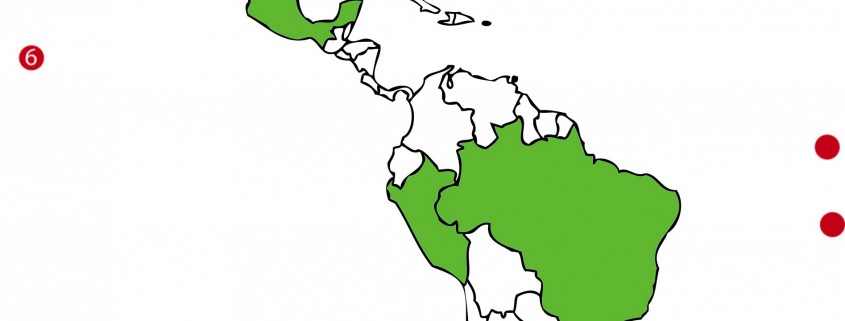
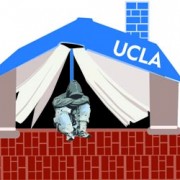
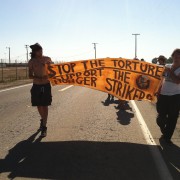
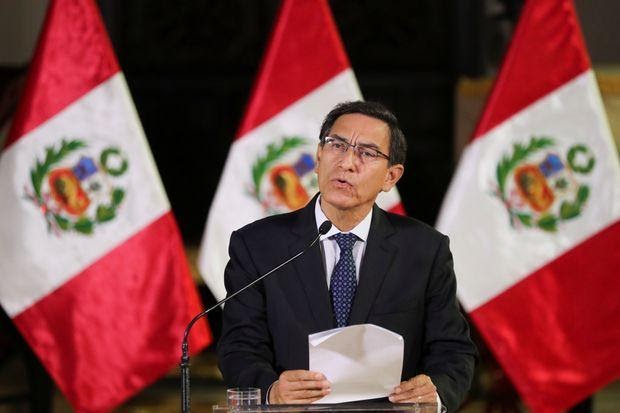
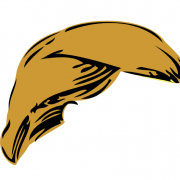

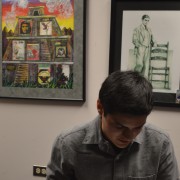
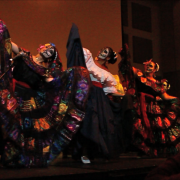
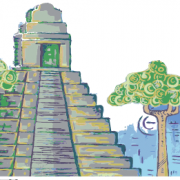

Leave a Reply
Want to join the discussion?Feel free to contribute!